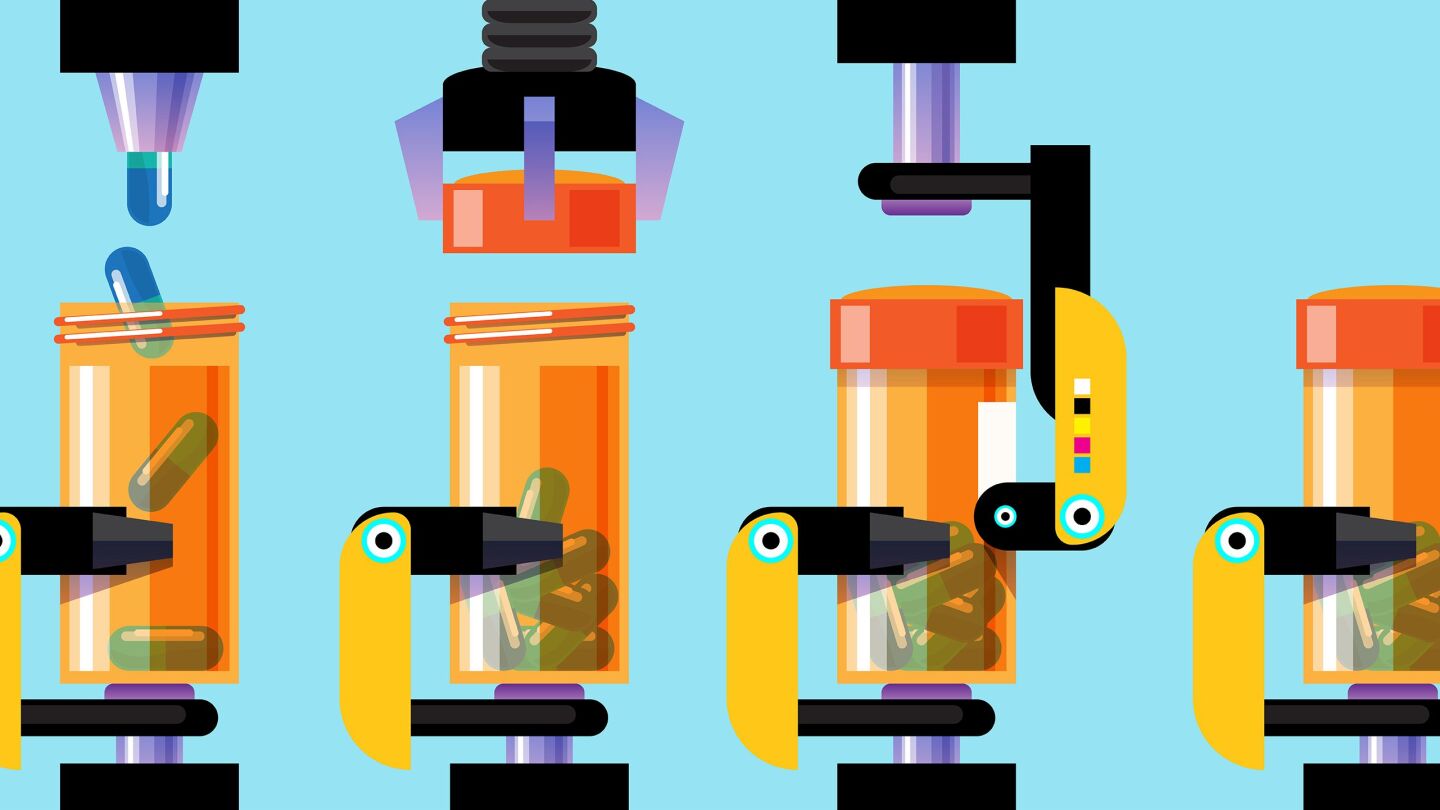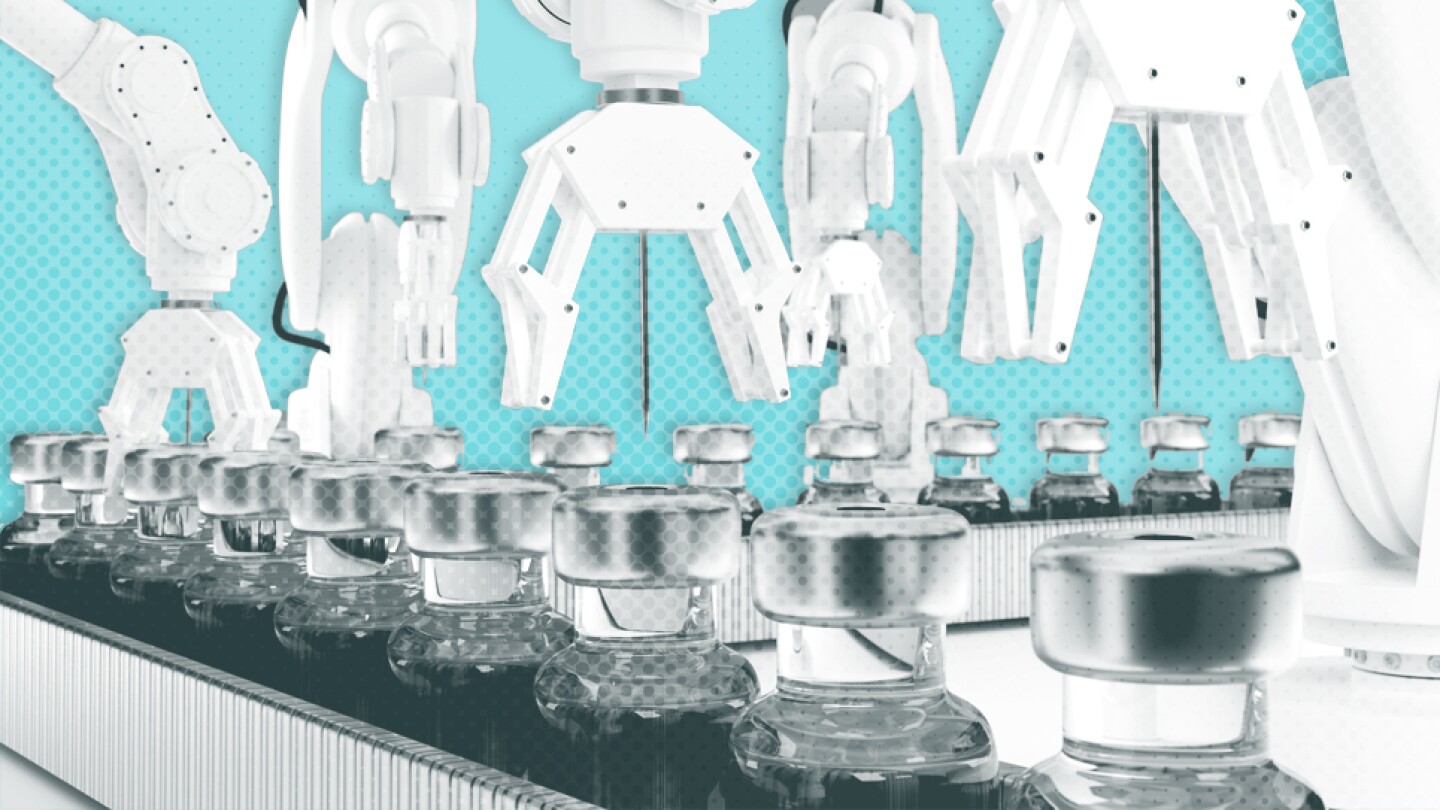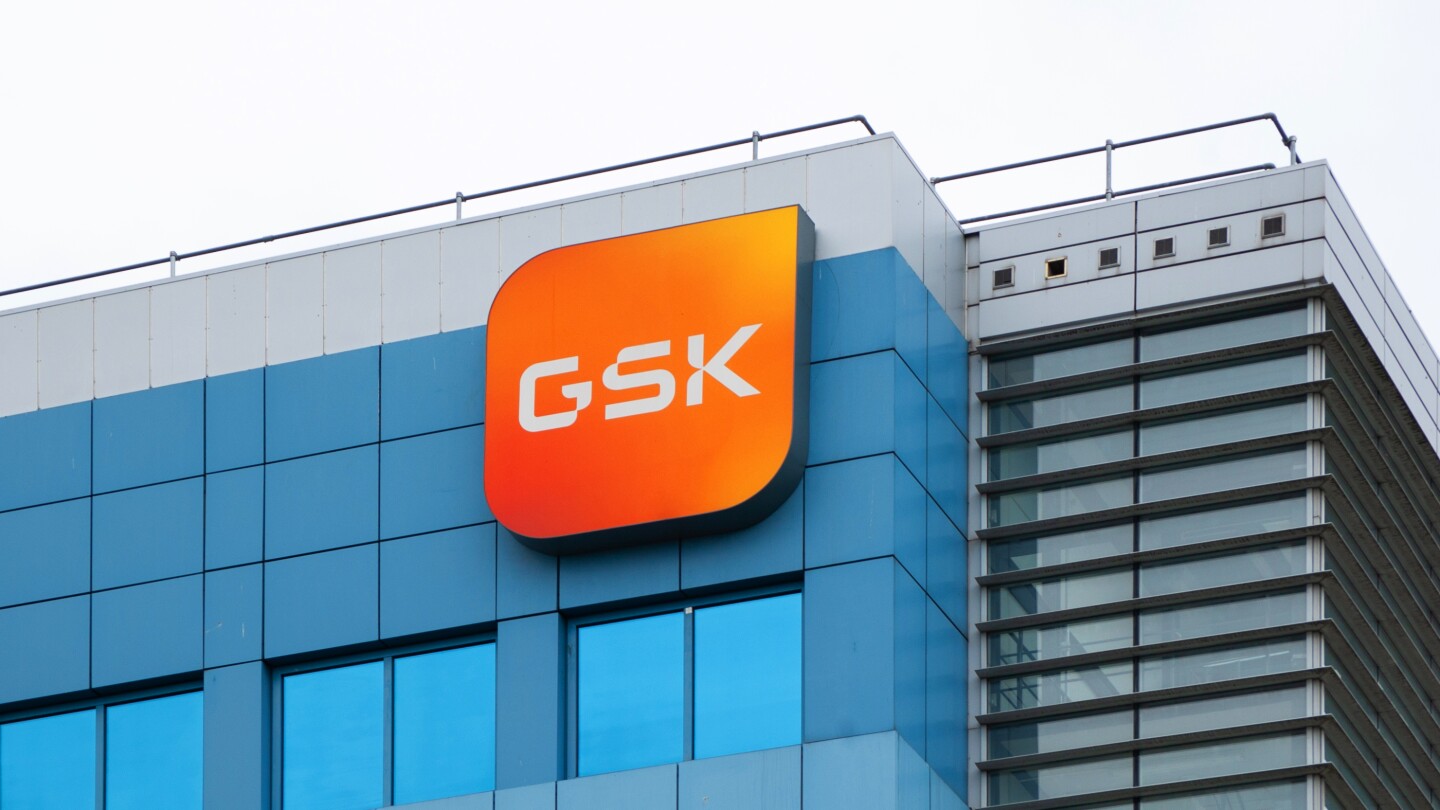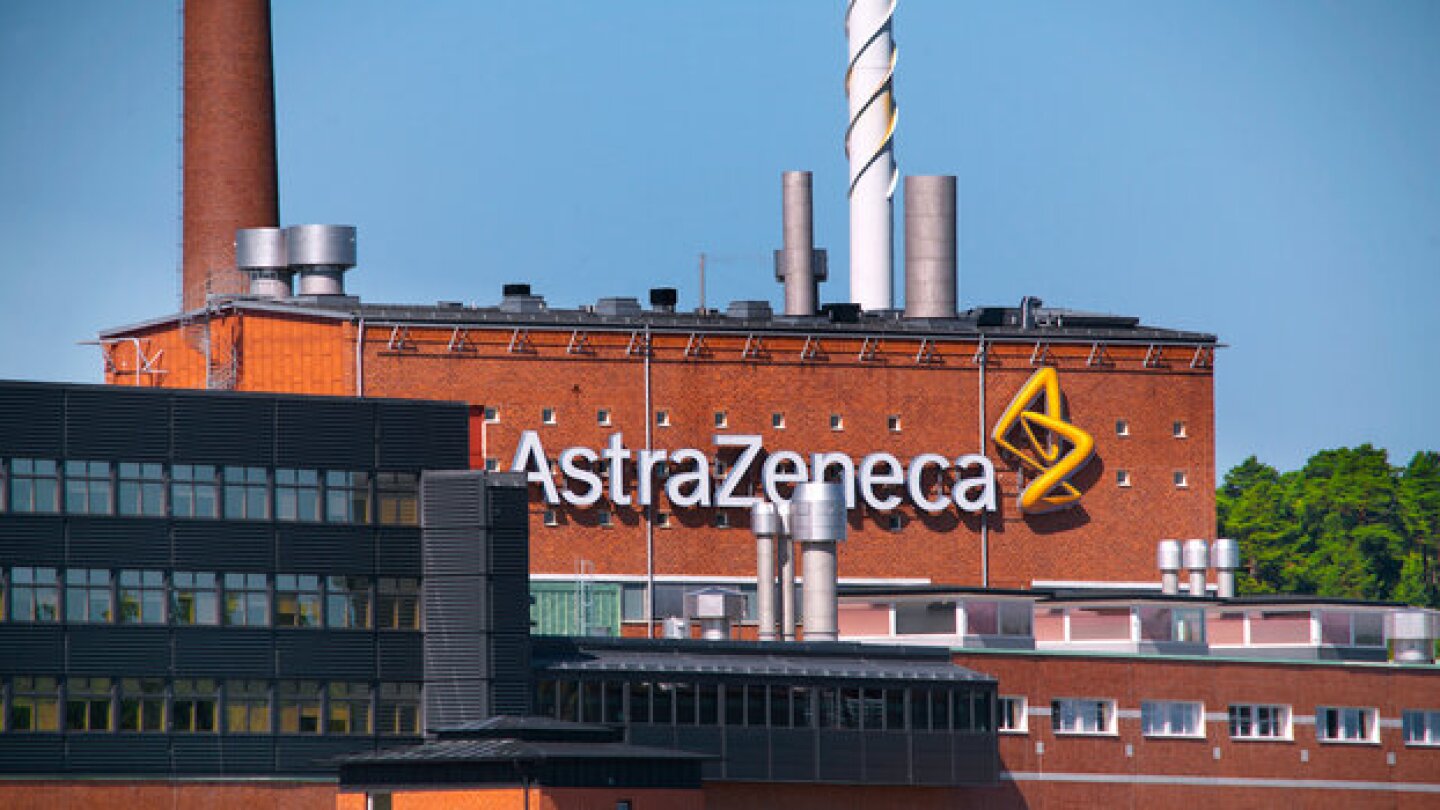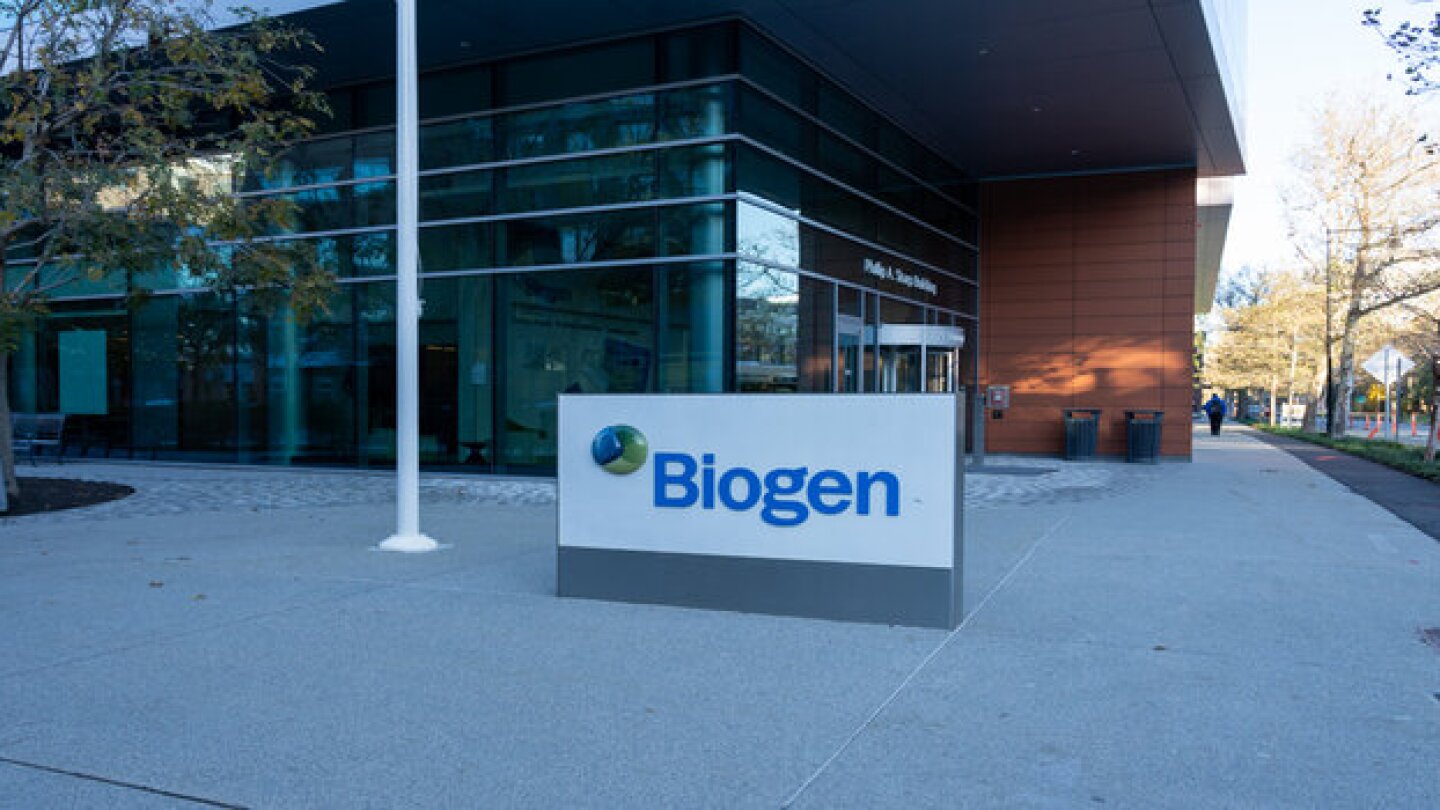Manufacturing
Under PreCheck, the FDA will communicate more frequently with pharmaceutical companies, helping them as they establish or expand manufacturing sites in the U.S.
George Tidmarsh takes over temporarily at CBER following Vinay Prasad’s abrupt departure; Replimmune trial leaders protest rejection reportedly driven by FDA’s top cancer regulator Richard Pazdur; Merck’s $3 billion savings push claims 6,000 jobs; and Pfizer CEO Albert Bourla addresses President Donald Trump’s new threats around Most Favored Nation drug pricing.
From innovation in manufacturing to more-flexible regulation and better communication with payers, much needs to happen to make CGTs commercially viable. But it is possible, experts agreed at a recent panel.
The primary focus in scaling up production should first be the adoption of lean manufacturing principles used in virtually every other industry.
For now, Sanofi’s U.S. inventory is insulating the company from a potential 15% tariff on drugs shipped from the EU.
CEO Emma Walmsley maintained that continued investment in the U.S. is a priority for the pharma to ensure its medicines for the country are supplied domestically.
The Washington, D.C.–Baltimore area ranks in the top six for life sciences R&D and manufacturing talent, according to a CBRE report. The Maryland Department of Commerce’s director of life sciences discusses the workforce and how the state is adapting to changing needs.
The FDA will select at most five companies that align with national priorities, including lower drug prices and increased domestic investment.
The money will focus on a manufacturing plant in Virginia that will make the company’s weight management and metabolic drugs like the hypertension drug baxdrostat and oral GLP-1 therapies.
The biotech is planning to expand antisense oligonucleotide capabilities and infrastructure on campuses that already produce drugs such as the ALS therapy Qalsody.
PRESS RELEASES

